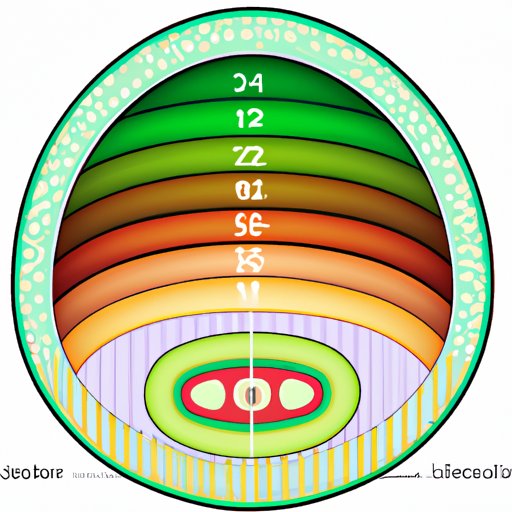I. Introduction
As a researcher, there are different types of studies to choose from when analyzing potential social and health problems. One such study design is the cross-sectional study, designed to capture an overview of different factors in a given population. This article will provide an in-depth analysis of cross-sectional studies, including their definition, importance of the data gathered, and the steps involved in conducting such studies.
II. Understanding Cross-Sectional Studies: Definition and Importance
A cross-sectional study is a research design type that captures a snapshot of a population at a specific point in time. Researchers use the design to analyze the prevalence, frequency, and relationship between different variables in a population to predict certain outcomes. Such studies are vital in identifying potential risk factors, validating hypotheses, and assessing the effectiveness of health interventions on a large scale.
III. The Pros and Cons of Conducting a Cross-Sectional Study
Cross-sectional studies offer several advantages, including simplicity, cost-effectiveness, and timely results. They are also useful for analyzing variations in population composition, assessing risk factors, and identifying the need for a more detailed investigation. However, limitations arise in cross-sectional studies due to the lack of causality and making inferences over time. Besides, the data collected in cross-sectional studies may rely heavily on participants’ recall ability, leading to recall bias or other measurement biases.
IV. Exploring the Differences Between Cross-Sectional and Longitudinal Studies
Cross-sectional studies only capture a snapshot of the population at a particular time, while longitudinal studies track changes over time. Longitudinal studies are essential in establishing causality, identifying temporal relationships, and detecting variations over time. However, longitudinal studies are more resource-intensive, time-consuming, and require large sample sizes to maintain statistical power.
V. How to Plan and Conduct a Successful Cross-Sectional Study
Conducting a cross-sectional study requires careful planning, proper data collection, and attentive analysis. The process begins by formulating a research question, selecting a representative sample size, creating the survey instrument, and generating outcome variables. Researchers must work to reduce bias and properly analyze the data collected. Statistical analysis tools such as chi-square tests, logistic regression, and analysis of variance are critical in producing valid and reliable results.
VI. Case Study: Analyzing Health Outcomes Using a Cross-Sectional Study
Throughout the healthcare industry, cross-sectional studies are used extensively to analyze risk factors and measure the effectiveness of interventions in public health. For instance, a study conducted recently sought to investigate parent-reported child health outcomes across various ethnic communities and socioeconomic strata in Chicago. Results indicated that parents from lower-income households were more concerned about their children’s health outcomes and were less likely to report that their children were in good health.
VII. Interpreting and Presenting Results from a Cross-Sectional Study
When interpreting and presenting results from a cross-sectional study, it’s essential that researchers focus on presenting clear and concise information. Research articles must present accurate results and conclusions while ensuring accessibility to the general population. The researchers should avoid using technical jargon, use graphs and charts that represent findings clearly, and explain the data’s relevance in the larger context adequately.
VIII. Conclusion
Cross-sectional studies are an essential tool for researchers in identifying relationships and prevalence across a population. However, researchers should consider limitations such as the lack of causality and recall biases. Further investigation may be necessary to gain a more nuanced understanding of the conditions affecting a population over time. With proper planning and execution, cross-sectional studies can provide researches with valuable insights to help improve public health outcomes, guide interventions, and inform policy decisions.
